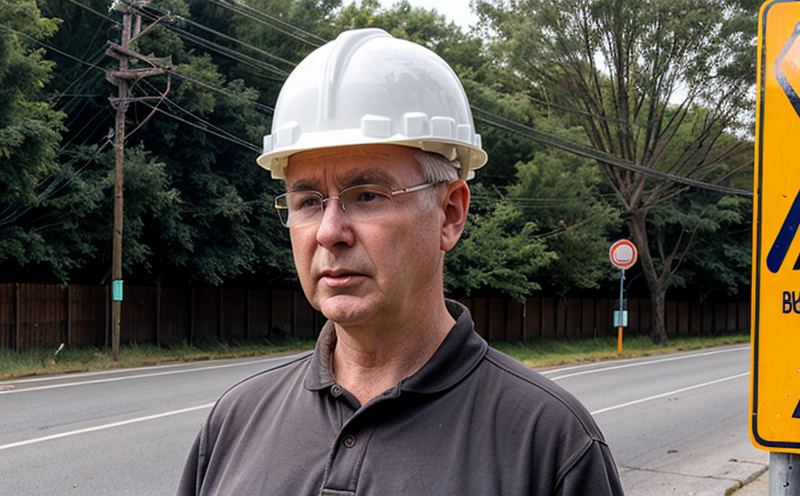ISO 3744 Sound Power Emission Testing in Outdoor Environments
The ISO 3744 standard provides a method for measuring and reporting sound power levels emitted by sources such as machinery, vehicles, or other equipment under outdoor conditions. This test is particularly relevant when evaluating noise emissions from industrial facilities, construction sites, and transportation systems to ensure compliance with environmental regulations.
The measurement of sound power emission in an outdoor environment presents unique challenges due to the complex nature of ambient noise levels and wind effects. The primary instrument used for this purpose is a sound level meter equipped with a free-field microphone or a directional microphone system, depending on the specific requirements outlined in ISO 3744.
Before conducting the test, it’s crucial to prepare the specimen according to the guidelines provided in the standard. This includes ensuring that the source emits consistent and stable sound levels during testing. Environmental conditions such as wind speed and direction are also carefully monitored to minimize their impact on measurement accuracy.
The ISO 3744 protocol involves several key steps, including the selection of appropriate microphone positions, calibration procedures, and the use of a noise-free area or an anechoic chamber for preliminary measurements. The test setup must be designed to ensure that sound waves travel freely between the source and the microphone without interference from surfaces.
Once the initial preparations are complete, the actual measurement process begins with the activation of the source and recording of sound levels over a specified time period. The data collected is then processed using specific algorithms defined in ISO 3744 to calculate the sound power level emitted by the source. This value represents the total acoustic energy radiated per unit time and is expressed in decibels (dB).
It’s important to note that the results obtained from this test are highly sensitive to environmental factors such as wind speed, temperature, and humidity. Therefore, it’s essential to perform all measurements under controlled conditions or correct for these variables using established methods.
The final step in the ISO 3744 process involves generating a comprehensive report that includes detailed descriptions of the test setup, measurement procedures, environmental conditions, and calculated sound power levels. This document serves as proof of compliance with relevant noise regulations and provides valuable insights into potential areas for improvement.
In conclusion, ISO 3744 Sound Power Emission Testing in Outdoor Environments is a critical tool for evaluating the acoustic performance of various types of equipment and structures. By adhering to this standard, organizations can ensure that their products meet regulatory requirements and contribute positively to local communities by reducing noise pollution.
Why It Matters
Evaluating sound power emissions in outdoor environments is essential for several reasons. Firstly, it helps identify sources of excessive noise that could negatively impact surrounding areas and populations. Secondly, compliance with environmental regulations ensures protection against legal action and reputational damage. Additionally, understanding the acoustic behavior of equipment aids in optimizing design and manufacturing processes.
By conducting regular sound power emission tests according to ISO 3744, companies can demonstrate their commitment to sustainability and corporate social responsibility. This not only enhances brand image but also fosters goodwill among stakeholders who appreciate responsible environmental practices.
Benefits
The benefits of implementing ISO 3744 Sound Power Emission Testing in Outdoor Environments extend beyond mere compliance. Organizations that invest in this testing methodology stand to gain numerous advantages:
- Potential cost savings: Identifying and addressing noise issues early can prevent costly repairs or modifications later.
- Better product quality: Detailed acoustic data helps refine designs, leading to more efficient and effective products.
- Enhanced public image: Demonstrating a proactive approach towards environmental stewardship enhances corporate reputation.
Why Choose This Test
Selecting ISO 3744 Sound Power Emission Testing for outdoor applications offers several compelling reasons:
- Accurate measurement: The standard provides precise guidelines for measuring sound power levels, ensuring reliable data.
- Regulatory compliance: Adherence to ISO standards ensures that products meet international environmental regulations.
- Expertise: Partnering with experienced labs guarantees accurate and unbiased testing results.





